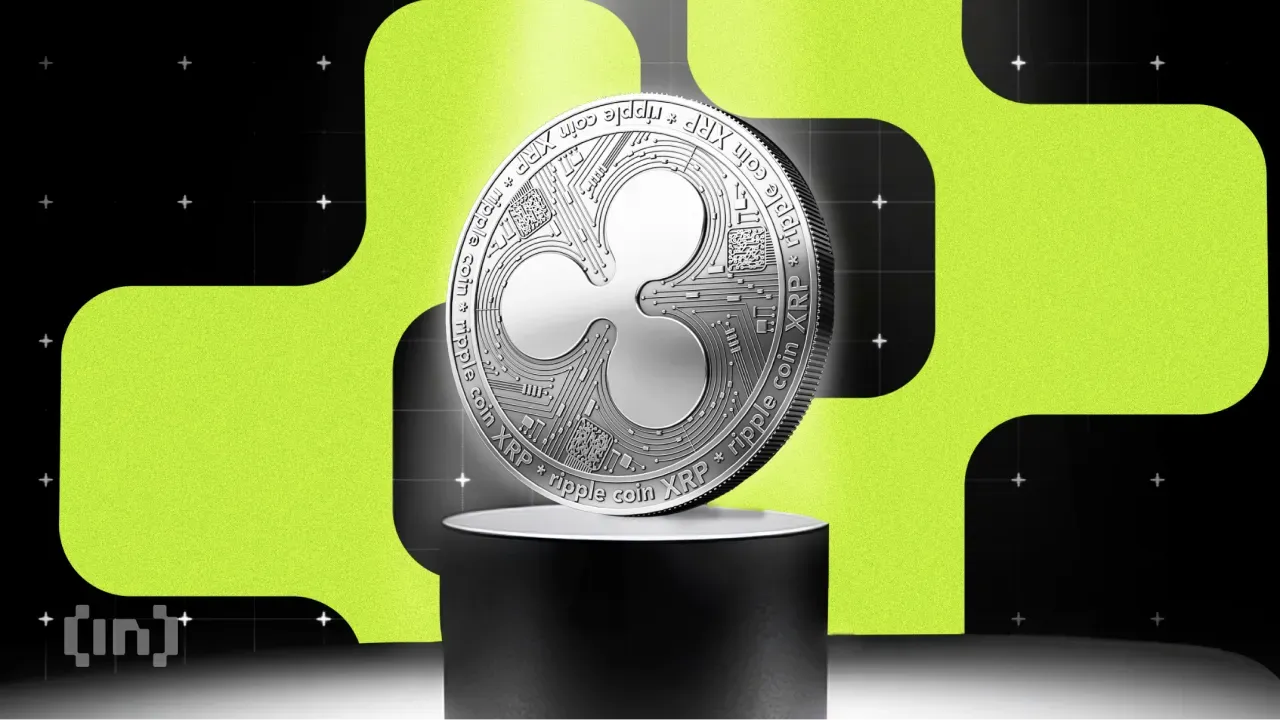Ripple CEO Makes Bold Forecast on XRP vs SWIFT by 2030

Ripple CEO Brad Garlinghouse forecasts the XRP Ledger (XRPL) could capture 14% of SWIFT’s global liquidity within five years, emphasizing liquidity over messaging services.
Garlinghouse made the remarks during a press session at XRP Ledger Apex 2025 in Singapore on June 10.
Ripple Sets High Ambitions for the XRP Ledger
Currently, RippleNet, Ripple’s global payments network, counts hundreds of banks among its users.
However, actual XRP usage through On-Demand Liquidity (ODL) remains limited to a select group, including MoneyGram, SBI Holdings, and Santander.
“SWIFT today has two components—messaging and liquidity,” Garlinghouse explained. “Liquidity is owned by banks. I think less about the messaging and more about liquidity. If you’re driving all the liquidity, it’s good for XRP. So, in five years, I’d say 14%.”
Ripple’s CTO, David Schwartz, also spoke at the event, highlighting a fundamental auditing challenge in financial transactions.
“The big problem with auditing is if I hand you a bunch of records and I tell you to audit them, you can say these records are cool,” Schwartz said. “The problem arises if I owe someone money or have something outstanding not included in the provided records.”
Ripple and XRPL frequently surface in discussions around potential SWIFT integration due to XRPL’s rapid settlement speeds.
More specifically, the network only takes approximately three to five seconds to settle cross-border payments, compared to SWIFT’s traditional multi-day transactions.
Also, XRPL’s costs are significantly lower. It’s under a fraction of a cent per transfer, compared to SWIFT’s fees of $20–$50 per transaction.
Despite market speculation about a potential Ripple-SWIFT partnership, there remains no formal integration between the two networks.
However, SWIFT is actively transitioning towards blockchain interoperability with its upcoming ISO 20022 upgrade in November 2025.
Ripple’s Apex 2025 event also unveiled significant ecosystem upgrades. The team announced an Ethereum Virtual Machine (EVM)-compatible sidechain and enhanced support for tokenized real-world assets like US Treasuries.
These developments underscore Ripple’s growing ambitions beyond cross-border payments.
Meanwhile, Ripple and the SEC paused their appeals for a 60‑day settlement window in April. A status report is due to the US Court of Appeals by June 16, signaling whether a settlement is reaching closure.
If the SEC fails to file by June 16, the appeal process will likely resume, potentially extending litigation into 2026.
While Ripple has made several significant developments over the past few months, settling this lawsuit once and for all would be their core priority in Q2, 2025.
Disclaimer
In adherence to the Trust Project guidelines, BeInCrypto is committed to unbiased, transparent reporting. This news article aims to provide accurate, timely information. However, readers are advised to verify facts independently and consult with a professional before making any decisions based on this content. Please note that our Terms and Conditions, Privacy Policy, and Disclaimers have been updated.













